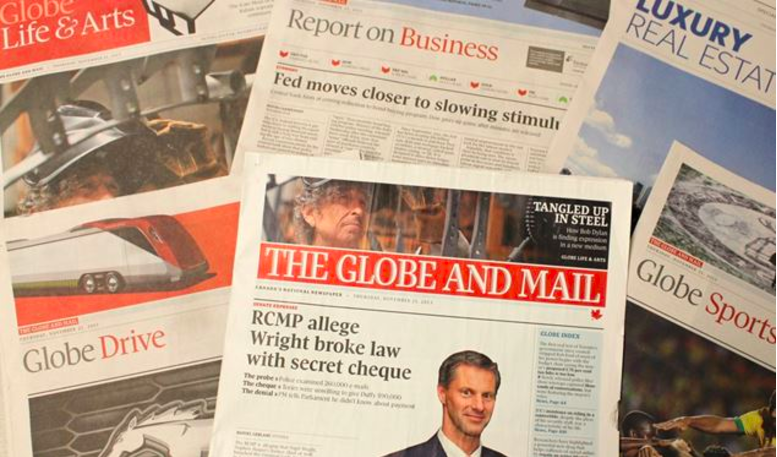Globe and Mail Public Editor: Keeping sources’ anonymity is a matter of trust
In the midst of charges of made-up news, mostly south of the border, a reader wanted to know more about the mysterious practices around anonymous sources
By Sylvia Stead for the Globe and Mail
In the midst of charges of made-up news, mostly south of the border, a reader wanted to know more about the mysterious practices around anonymous sources.
“I realize there are times when a source does not want to go on the record out of concern for their position, reputation and livelihood, but the practice seems to have become an issue,” the reader said. “Fake news sites regularly cite ‘anonymous sources’ as a way to cover the fact that they’re just making things up. … The other day, Trump claimed media who quote anonymous sources are making it all up. Some clarification about why anonymous sources are used by the legitimate [media] might be helpful at this point.”
Using real names of real officials, is, of course, much more credible. But sometimes, as the reader notes, a whistle-blower wants the public to know the truth without losing their job.
To me, the practice of keeping people anonymous is a matter of trust. A source won’t tell a journalist inside information unless they trust the journalist not to name them. The organization shouldn’t put their own credibility on the line unless they trust that the source is in a position to know and they make efforts to verify that it is the truth. And most importantly, the reader has to trust that the information is valid. The bar is very high.
Some of us remember Watergate and the anonymous source who brought down a president by leaking key data to Washington Post reporters about then-president Richard Nixon’s role in covering up a break-in at the Democratic National Committee headquarters.
The reporters and at least one of their senior editors knew the anonymous whistle-blower (known in the articles as Deep Throat) was Mark Felt, then the associate director of the FBI, but not a whiff of that could be given to the readers. Nonetheless, they had to believe the Washington Post that he could be trusted, that his documents and information were real and he had no political axe to grind.
Likewise, Globe and Mail reporter Daniel Leblanc based key reporting into the federal sponsorship scandal on his source “Ma Chouette” (My Dear). While her identity has never been made public, both Mr. Leblanc and a senior editor at The Globe had confidence that she was in a position to know.
Continue reading this story on the Globe and Mail website, where it was first published.
Sylvia Stead is the Public Editor of the Globe and Mail.

